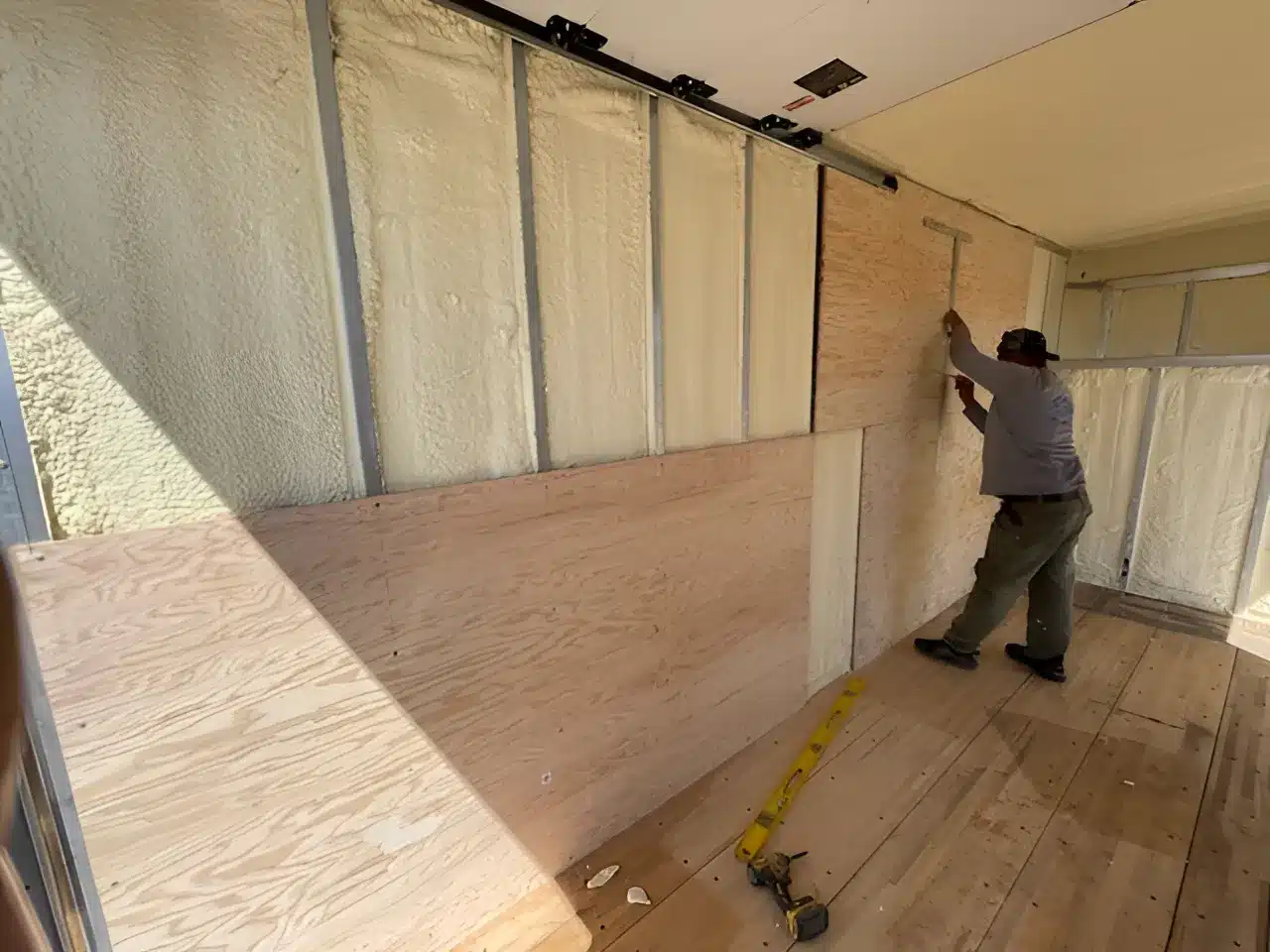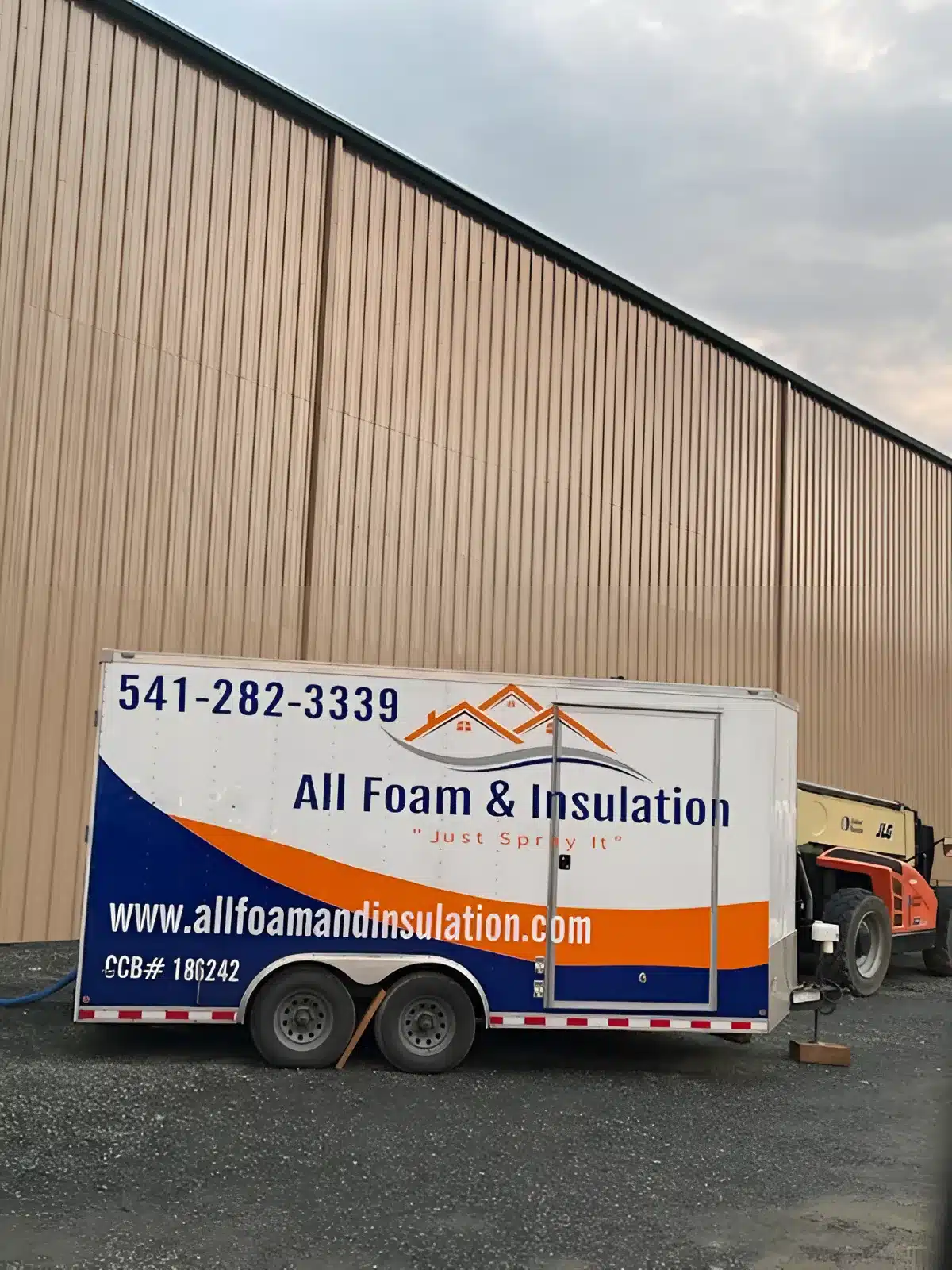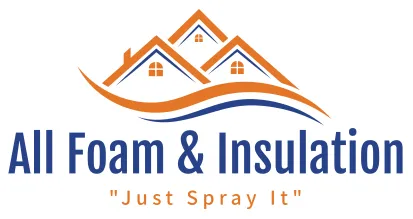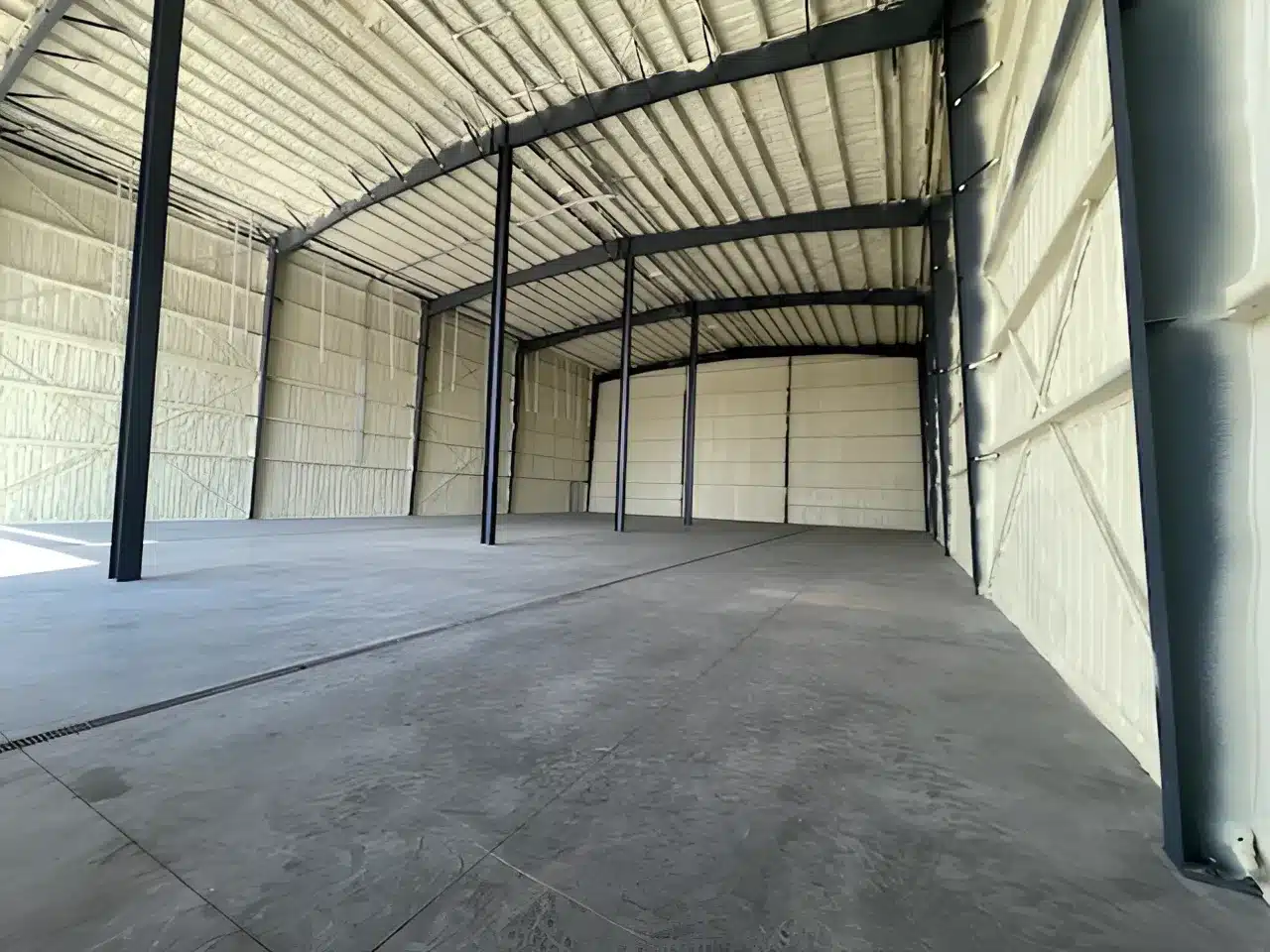Imagine stepping into your home on a freezing winter day and feeling actual warmth radiating from every corner, without cranking up the thermostat. Or picture your energy bills dropping month after month because drafts and leaks no longer steal your heat or cool air. That’s the promise of spray foam insulation, a material that has transformed how people protect their living spaces from the elements. But how does it actually work? At its heart, spray foam insulation involves a chemical reaction that creates a foam which expands to fill gaps, seals out air, and provides a tough barrier against moisture and temperature swings.
This guide breaks down everything you need to know about spray foam insulation, from the basics of how it expands and seals to its practical uses in homes, businesses, and beyond. You’ll get a clear picture of the science behind it, the types available, installation steps, benefits, challenges, and even tips for getting the most out of it. Whether you’re a homeowner weighing options for your next remodel, a builder planning a project, or just curious about energy-efficient upgrades, this resource covers the ground thoroughly. By the end, you’ll feel equipped to make informed decisions and understand why spray foam stands out in the world of insulation.
Drawing from years of hands-on work in insulation projects across various climates, this overview pulls together key details to help you see the full picture. To understand how spray foam delivers on this promise, let’s examine its core components and chemical process. Let’s start with the fundamentals and build from there.
Understanding the Basics of Spray Foam Insulation
Spray foam insulation starts as two liquid components: an isocyanate and a polyol resin, often mixed with blowing agents. When professionals apply it, these liquids react on the spot, forming a foam that hardens quickly. This process differs from traditional materials like fiberglass batts or cellulose, which you install in fixed shapes and sizes.
Why choose spray foam? It adheres directly to surfaces, creating a custom fit that blocks air movement far better than most alternatives. According to the U.S. Department of Energy, proper insulation can cut heating and cooling costs by up to 30%, and spray foam often delivers the highest R-values per inch, meaning better thermal resistance in thinner layers.
In terms of market trends, the global spray foam insulation market reached about $2.5 billion in 2022 and is projected to grow at a 6.5% annual rate through 2030, driven by rising demand for energy efficiency in buildings, as reported by Grand View Research.
Key Components and Their Roles
The magic happens through a few core elements:
- Isocyanate (A-Component): Acts as the hardening agent, reacting with moisture in the air to start the expansion.
- Polyol Resin (B-Component): Provides the structure, combining with the isocyanate to form polyurethane or polyisocyanurate foam.
- Blowing Agents: These create gas bubbles that make the foam expand up to 100 times its liquid volume, filling every nook.
Without these, you’d just have a sticky mess. The reaction generates heat, which speeds up curing, usually within seconds to minutes.
Expert Tip: Always ensure installers use the right ratio of components—imbalances can lead to uneven expansion or weak spots. Check equipment calibration before starting any job.
The Science of Expansion in Spray Foam
Expansion is what sets spray foam apart. Once sprayed, the mixture turns liquid to gas, creating millions of tiny bubbles that push the foam outward. This isn’t random; it’s a controlled chemical reaction where the blowing agent vaporizes, forming a rigid or flexible structure depending on the type.
Open-cell foam, for instance, expands but stays semi-rigid with air pockets, offering sound dampening alongside insulation. Closed-cell spray foam expands denser, trapping gases for superior buoyancy and moisture resistance—ideal for basements or roofs.
The expansion rate varies: open-cell might grow 30 to 60 times, while closed-cell hits 100 times or more. This ability to conform to irregular shapes means no cutting or stuffing; it seals around pipes, wires, and outlets effortlessly.
Data from the Spray Polyurethane Foam Alliance highlights that proper expansion can reduce air infiltration by up to 90% in attics, a common weak point in homes.
Factors Affecting Expansion Quality
Several elements influence how well the foam expands:
- Temperature and Humidity: Ideal application falls between 60-80°F; colder temps slow the reaction, while high humidity can cause over-expansion in open-cell types.
- Surface Preparation: Clean, dry substrates allow better adhesion and uniform growth.
- Equipment Settings: Pressure and mix ratios control the foam’s rise time.
If conditions aren’t right, you might see shrinkage or voids. Professionals monitor ambient factors closely to avoid these issues.
Key Takeaways:
- Expansion relies on a fast chemical reaction between two liquids, creating gas for volume growth.
- Control temperature and moisture to ensure even, effective filling of spaces.
- This process allows spray foam to outperform rigid materials in tight or odd-shaped areas.
This expansion not only fills spaces but also enables the foam’s remarkable sealing capabilities, as explored next.

Sealing Power: How Spray Foam Blocks Air and Moisture
Sealing goes hand-in-hand with expansion. As the foam rises, it forms a monolithic barrier that sticks to wood, metal, concrete, or drywall, creating an airtight and vapor-retardant seal. Unlike caulk or tape, which cover small areas, spray foam envelops entire assemblies.
Closed-cell foam, with its high density, acts as a vapor barrier, preventing moisture from condensing inside walls—a big plus in humid regions. Open-cell allows some vapor transmission but still seals air leaks effectively.
The Building Science Corporation explains that air leaks account for 25-40% of a home’s energy loss, and spray foam’s adhesive properties can seal these paths completely, often exceeding code requirements for air tightness.
Comparing Sealing to Other Insulation Types
Here’s a quick table to illustrate the differences:
| Insulation Type | Air Sealing Ability | Moisture Resistance | Adhesion to Surfaces |
|---|---|---|---|
| Spray Foam (Closed-Cell) | Excellent (monolithic seal) | High (vapor barrier) | Superior |
| Fiberglass Batts | Poor (gaps common) | Low (absorbs moisture) | None |
| Cellulose | Moderate (if blown properly) | Moderate | None |
| Rigid Foam Boards | Good (if taped) | High | Requires adhesive |
This sealing power not only boosts efficiency but also improves indoor air quality by keeping out dust, pollen, and pests.
Expert Tip: For rim joists or band boards, apply spray foam in layers to build thickness without compromising the seal—rushing can lead to blowback from pressure.
Types of Spray Foam Insulation: Choosing the Right One
Not all spray foams behave the same. The two main categories—open-cell and closed-cell—serve different needs.
Open-Cell Spray Foam
Lighter and less dense (about 0.5 lbs per cubic foot), open-cell foam absorbs sound well and provides an R-value of around 3.6 per inch. It’s cost-effective for interior walls where moisture isn’t a major concern. However, it offers less structural support and can sag if over-applied in ceilings.
Closed-Cell Spray Foam
Denser (1.7-2.2 lbs per cubic foot), this type delivers an R-value of 6-7 per inch, plus buoyancy that adds rigidity to assemblies. It resists water better, making it suitable for below-grade applications or coastal areas. The downside? Higher upfront cost, though long-term savings often offset it.
A third option, medium-density closed-cell, bridges the gap with better yield and flame resistance.
Pros and cons table:
| Type | Pros | Cons | Best For |
|---|---|---|---|
| Open-Cell | Affordable, good soundproofing, easy to apply | Lower R-value, not for wet areas | Interior walls, attics |
| Closed-Cell | High insulation, waterproof, structural strength | More expensive, requires PPE | Foundations, roofs, exteriors |
| Medium-Density | Balances cost and performance, fire-retardant | Limited availability | Commercial spaces |
Choose based on your climate, budget, and space constraints. In cold regions, closed-cell’s superior sealing shines.
Expert Tip: Test a small area first if you’re unsure about compatibility with existing materials—some foams react poorly with certain paints or oils.
Step-by-Step Installation Process
Installing spray foam requires skill to get right. It’s not a DIY job for most; certified pros use specialized gear. Here’s how it unfolds:
- Preparation: Seal off the area with plastic sheeting to contain overspray. Remove any insulation remnants and ensure surfaces are dry.
- Setup Equipment: Load the A and B components into a plural-component spray rig, which mixes them at the gun tip.
- Application: Start at the bottom, spraying in passes of 2-4 inches to allow even expansion. For walls, fill cavities from one side; for attics, layer over existing material if needed.
- Curing and Trimming: Let it set for 24 hours, then trim excess with a saw. Full cure takes days, but you can occupy the space sooner.
Safety matters: Wear respirators, suits, and gloves, as uncured foam irritates skin and lungs.
Common pitfalls include poor mixing, leading to off-gassing or incomplete seals. Always follow manufacturer guidelines.
Tools and Equipment Needed
- Spray gun with nozzles for different densities.
- Proportioning unit to maintain ratios.
- Heated hoses to keep components fluid.
- Protective gear and ventilation fans.
Invest in quality; cheap setups lead to inconsistent results.
Key Takeaways:
- Preparation and proper equipment setup prevent most installation errors.
- Apply in controlled layers for uniform coverage and sealing.
- Professional installation ensures compliance with building codes and maximizes performance.

Real-World Applications of Spray Foam Insulation
Spray foam shines in diverse settings. In residential homes, it insulates attics and walls, cutting energy use significantly. For example, a retrofit in a 2,000 sq ft house might save $500 yearly on utilities.
Commercial buildings use it for roofs and floors to meet strict energy codes. In agriculture, farmers insulate barns to protect livestock from temperature extremes.
Industrial applications include pipe insulation for oil rigs, where closed-cell foam withstands harsh conditions. Even tiny homes benefit, as the foam’s versatility fits compact designs.
Case study: A school in Oregon upgraded with spray foam and saw a 20% drop in HVAC costs, plus quieter classrooms from the sound absorption.
Expert Tip: In multi-story buildings, coordinate with HVAC teams—spray foam’s air sealing can alter airflow, requiring duct adjustments.
These uses highlight key benefits and challenges, detailed further below.
Benefits, Challenges, and Overcoming Common Issues
The upsides are clear: superior energy savings, comfort, and durability. Spray foam lasts 20-30 years with minimal degradation, unlike batts that settle over time.
Challenges include cost (often $1-3 per sq ft installed) and the need for pros. Off-gassing during install raises health concerns, but modern low-VOC formulas minimize this.
To tackle issues:
- Cost Management: Get quotes from multiple contractors; incentives like tax credits help.
- Health and Safety: Choose third-party certified products and ventilate well post-install.
- Performance Monitoring: Use blower door tests before and after to verify sealing.
Measuring Success: Energy Savings and ROI
Track ROI through utility bills and audits. Expect payback in 3-7 years, depending on local rates. Tools like infrared cameras spot remaining leaks.
A table of potential savings:
| Home Size (sq ft) | Annual Savings Estimate | Payback Period |
|---|---|---|
| 1,500 | $300-500 | 5-7 years |
| 2,500 | $500-800 | 3-5 years |
| 4,000+ | $800+ | 2-4 years |
Future Trends in Spray Foam Technology
Advancements focus on eco-friendly blowing agents to reduce global warming potential—HFOs are replacing HFCs. Bio-based polyols from soy or castor oil lower reliance on petroleum.
Smart foams with embedded sensors for real-time monitoring are emerging, and 3D-printed applications could customize insulation for complex structures.
The industry eyes sustainability, with recyclable foams on the horizon. Keep watch on regulations; tighter VOC limits will drive innovation.
Frequently Asked Questions About How Spray Foam Insulation Works
Is spray foam insulation DIY-friendly?
No, it’s best left to professionals. The equipment and chemicals require training to handle safely and effectively. Attempting it yourself risks health issues and poor performance.
How long does spray foam take to fully cure?
Initial set happens in minutes, but full cure takes 24-72 hours. Avoid disturbing the area during this time for best results.
Can spray foam be used over existing insulation?
Yes, especially in attics. It adds another layer of sealing without removal, but assess compatibility first.
Does spray foam attract pests?
Properly installed, it doesn’t—its sealed surface deters insects and rodents better than fibrous materials.
What’s the difference between spray foam and injected foam?
Spray foam expands on contact for large areas; injected foam fills specific voids via holes, often using similar materials.
Is spray foam environmentally friendly?
It improves energy efficiency, reducing carbon footprints, but choose low-GWP products. Recycling remains a challenge, though options are improving.
Putting Your Spray Foam Insulation Knowledge into Action
You’ve now covered the essentials: how expansion fills spaces, sealing locks in efficiency, and applications span homes to industries. This foundation equips you to evaluate options, spot quality installs, and calculate benefits for your space. Refer back to sections as needed when planning upgrades—knowledge like this turns potential pitfalls into smart choices. Start by assessing your current insulation with a simple energy audit, then explore quotes tailored to your needs.
Need Expert Guidance?
For personalized advice on spray foam projects, consider reaching out to All Foam & Insulation, LLC. Their team at [email protected] or (541) 826-9600 can provide consultations based on your specific setup, ensuring a smooth path to better insulation. With their experience in the Pacific Northwest, they handle everything from assessments to full installs, helping you achieve lasting comfort and savings.
Sources
- U.S. Department of Energy – Government resource on insulation types and energy savings.
- Grand View Research – Market analysis report on spray foam industry growth.
- Spray Polyurethane Foam Alliance – Industry association providing technical data on foam performance.
- Building Science Corporation – Expert site on building envelope science and air sealing.


